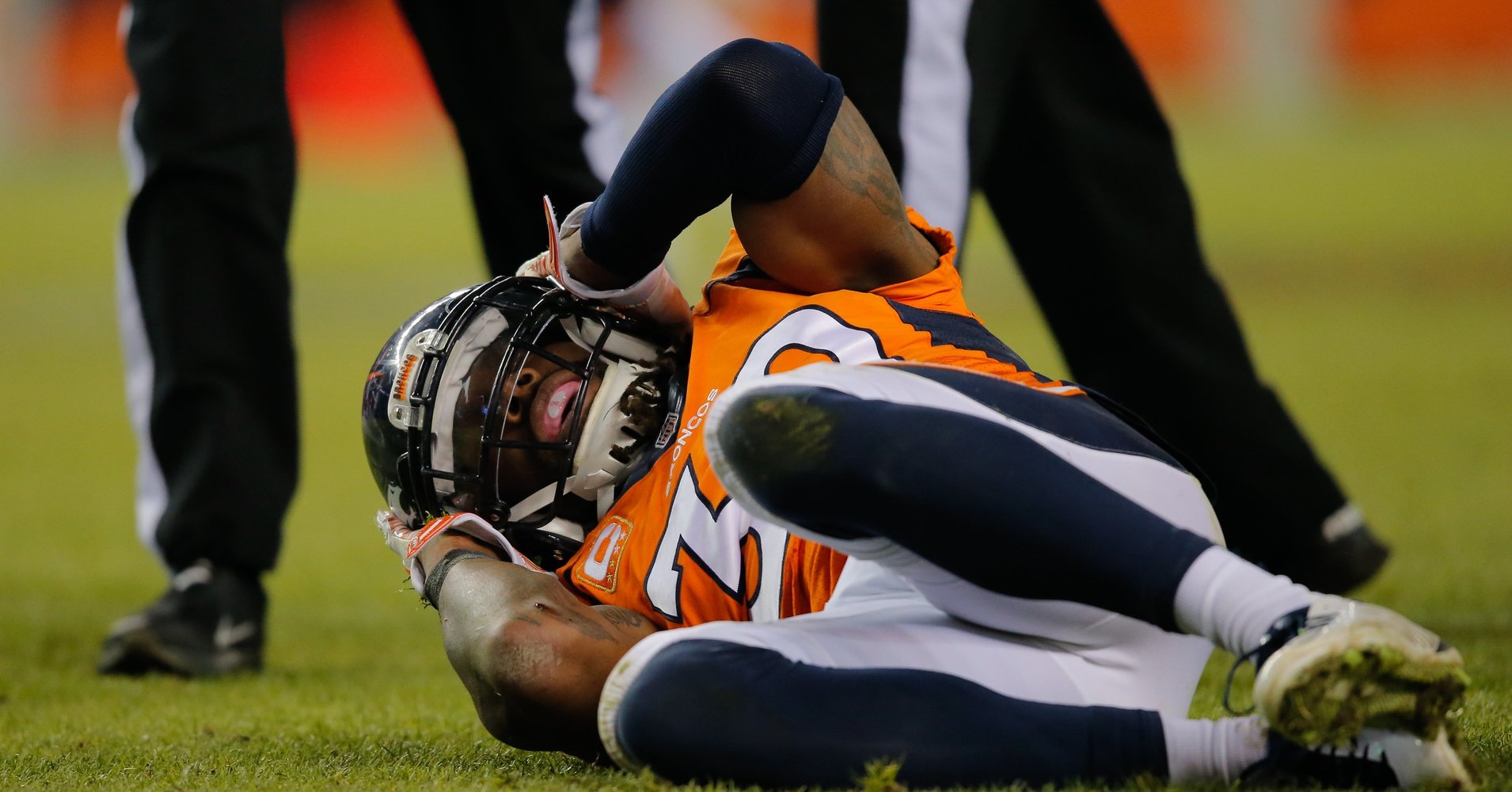NFL Still Owes More Than Half Its Brain-Research Pledge

WASHINGTON The National Institutes of Health is ending its partnership with the NFL to study concussions and brain disease, with more than half of the $30 million the league pledged unpaid, according to ESPN.
The NIH decision to let the agreement expire follows a bitter dispute in 2015 in which the NFL backed out of a major study into chronic traumatic encephalopathy, or CTE, that was awarded to Dr. Robert Stern, a neuroscientist at Boston University School of Medicine with a history of criticizing the league, ESPN reported.
In 2012, the NFL described its $30 million contribution to NIH, the government’s primary biomedical research center, as unrestricted, and said it was the single-largest donation to any organization in the league’s 92-year history. NIH said the money came with no strings attached.
In reality, the league maintained veto power over how the money was spent, according to ESPN.
[AdSense-A]
A May 2016 study by the House Committee on Energy and Commerce concluded that the league and its brain injury committee tried to steer the CTE study away from Stern and toward a doctor with NFL ties, The New York Times reported.
Our investigation has shown that while the NFL had been publicly proclaiming its role as funder and accelerator of important research, it was privately attempting to influence that research, the congressional study said. The NFL attempted to use its unrestricted gift as leverage to steer funding away from one of its critics. The League, its players, and the public have a vested interest in advancing our knowledge of the relationship between degenerative diseases and sports-related head trauma.
The research deal between the NFL and NIH is set to end Aug. 31, with $16 million more than half of the amount the league pledged unpaid.
“There are no current research plans for the funds remaining from the original $30 million NFL commitment,” NIH told ESPN in a statement. NIH is currently funding concussion research directly.
The statement continued: “If [the] NFL wishes to continue to support research at NIH, a simple donation to the NIH Gift Fund to support research on sports medicine would be favorably viewed, as long as the terms provided broad latitude in decisions about specific research programs.”
On Tuesday, researchers at Boston University School of Medicine and VA Boston Healthcare System reported finding CTE, a degenerative brain disease commonly found in athletes with a history of head trauma, in 110 of 111 deceased NFL players. Among college football players involved in the study, 91 percent were diagnosed with the disease.
A day later, Democratic members of the House Committee on Energy and Commerce sent a letter to NFL Commissioner Roger Goodell requesting information about how the league planned to spend the remainder of the NIH pledge, which it listed at $18 million.
“Since this research is critical to improving our understanding of the increased health risks that athletes face from their sport as well as ways to prevent and mitigate such risks for the future, we would hope that the NFL would follow through on its commitment to provide the balance of its $30 million donation,” the lawmakers wrote.
A league spokesperson said in a statement to The Washington Post that “the NFL is currently engaged in constructive discussions with the [Foundation for the National Institutes of Health] regarding potential new research projects and the remaining funds of our $30 million commitment.”
Rep. Frank Pallone Jr. (D-N.J.), ranking member of the House Energy and Commerce Committee and a co-author of the letter, told ESPN it’s disappointing that the NFLs inappropriate actions soured the relationship to the point where it appears that NIH couldnt see a path forward.
“However, at a time when there’s a desperate need for research dollars, I strongly encourage the NIH and NFL to work to use the remaining funding that the NFL committed to support critical research that could help protect current, former and future football players,” Pallone said.
A number of NFL players who committed suicide in recent years had subsequently been diagnosed with CTE. In March 2016, the NFL’s senior vice president for health and safety acknowledged a link between football and brain disease; a first in the league’s history.
Read more: http://www.huffingtonpost.com/entry/nfl-nih-cte_us_597ba1e6e4b0da64e8793819